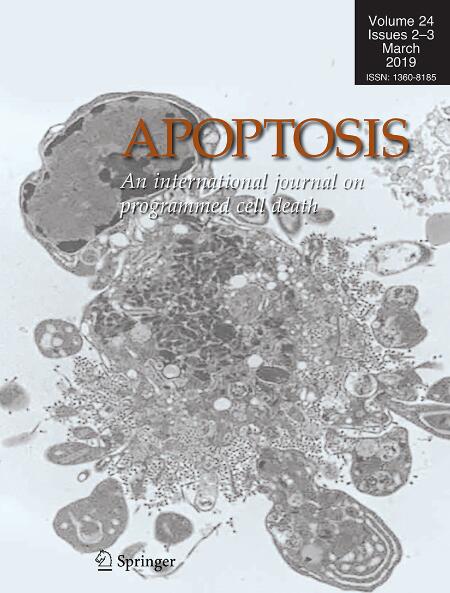Hepcidin mediates the disorder of iron homeostasis and mitochondrial function in mice under hypobaric hypoxia exposure
Abstract
The human body to prolonged high-altitude environments exposure can cause the decreased hepcidin and the disorder of iron homeostasis. Few animal studies have examined the molecular basis of iron metabolism disorder and the impact of hepcidin on the complex phenotype of high-altitude environments. In this study, we display reduced hepcidin level and impaired iron homeostasis upon hypobaric hypoxia, accompanied by mitochondrial dysfunction, abnormal blood cells and metabolic disorder. Importantly, mice overexpressing hepcidin show resistance to hypoxia-induced mitochondrial injury in liver and improve the body homeostasis. The comprehensive characterization of the metabolic pathways analysis demonstrates the porphyrin metabolism modulated by hepcidin may play a significant role in improving blood cell abnormalities upon high altitude hypoxia. In addition, hepcidin transcription is inhibited by histone modification and interruption of SMAD signaling pathway in hepatocytes in response to hypoxic stress to decrease hepcidin level. Our data highlight the key role of hepcidin in regulating the complex phenotype of high-altitude environments by altered metabolic and mitochondrial function. These results provide a theoretical reference to understanding the role of hepcidin in maintaining physiological function in high altitude, thus assisting in the development of strategies to better prevent and alleviate imbalance of energy homeostasis and adverse effects.

 求助内容:
求助内容: 应助结果提醒方式:
应助结果提醒方式:


